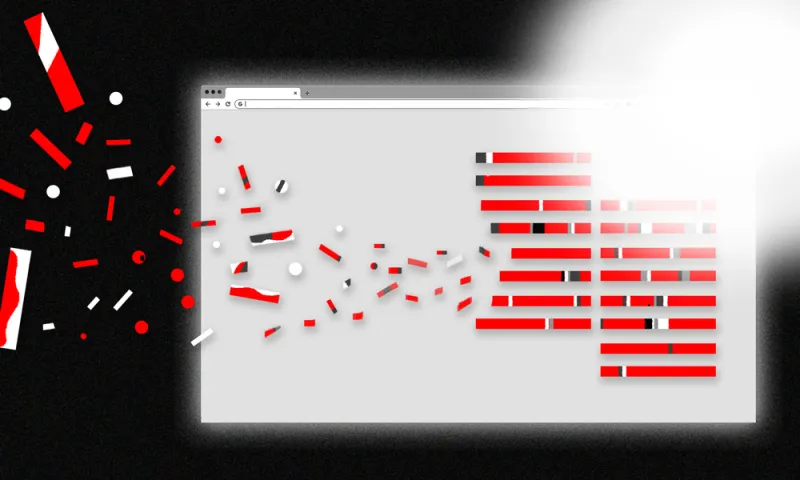New features have been added to a free website that helps financial advisors identify which mutual funds are sticking to their strategies and justify their expenses.
It can’t do all the work of manager selection, but ActiveShare.info enables anyone to search and compare actively managed mutual funds, and some exchange-traded funds, with several factors and filters, including active share. “My goal here is to increase transparency,” Martijn Cremers, a finance professor at The University of Notre Dame, and creator of the website, told RIA Intel. The latest version went live on Tuesday.
Cremers and co-author Antti Petajisto introduced active share — the percentage of a fund’s holdings that is different from a benchmark’s holdings — in a paper published in 2009. Since then, it has been critiqued by asset managers, become a widely-used measurement in finance, and incorporated into other research tools, including Morningstar Direct and FactSet.
Investors can use it to find good managers. Net of costs, funds with low active shares have tended to underperform their benchmarks relative to funds with high active shares. This is especially the case among funds that focus on small cap stocks, don’t frequently trade, or don’t have a lot of assets under management, according to Cremer’s research. (Active share of 100% means a fund is entirely different from a benchmark. A fund with exactly the same holdings as a benchmark would have an active share of 0%.)
[Like this article? Subscribe to RIA Intel’s' twice-weekly newsletter.]
But the latest enhancements to the website help advisors go beyond answering whether a fund is truly active or not, or finding the so-called closet indexers. “It’s trying to give a look under the hood, so to speak,” Cremers said.
Users can now filter funds based on other criteria, such as the market cap a fund focuses on, investing style, and conviction. Those features, as well as the ability to export data, were things users were asking for.
Active share alone doesn’t reveal whether a fund is good or bad. For example, a fund might have a high active share and be outperforming its benchmark, but it’s important to consider any holdings outside the fund’s benchmark. A small cap fund shouldn’t be outperforming because it’s invested in, say, high-flying large cap technology stocks. That could create problems down the road for advisors constructing portfolios.
Active share and other filters might seem like obvious screens for selecting managers but they are still underutilized by advisors. Over half of U.S. equity assets are invested in funds that have less than 50% active share, below the threshold of about 60% to be considered active, said Tim Paulin, senior vice president of Touchstone Investments, an asset manager that has worked closely with Cremers, independently researching and doing due diligence on the site.
Almost 1,500 funds are searchable on ActiveShare.info and Cremers said he regularly gets emails from asset managers who want to be included. “I’ve never gotten an email saying my data is wrong, ever.”
“I think the main thing I’m worried about is that people buy an active fund but they don’t really get what they expect…they could be paying a lot for a fund that doesn’t really deliver,” he said.
Michael Thrasher (@Mike_Thrasher) is a reporter at RIA Intel based in New York City.
Subscribe to RIA Intel’s twice-weekly newsletter and follow the publication on Twitter and LinkedIn.

(Illustration by RIA Intel)





